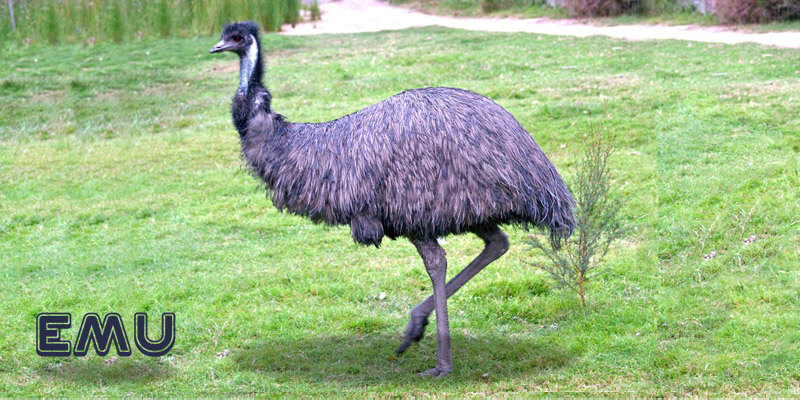
Wildlife in Australia List and Facts
Posted By IsacThe Australian continent is not only famous for its natural beauty but also for a large number of unique animals and plants found in different parts of the region. Constituents of the enormous variety of wildlife in Australia are over 400 hundred species of mammals, around 140 snake species, 300 different species of lizards, a hundred species of sharks, over 700 hundred bird species and 180 different types of fresh water fish. In addition, there are also countless species of insects, bees, flies and bony sea fish on the wildlife in Australia list. The continent is most famous for housing populations of kangaroos, wombat, koala, platypus and emus. Although these animals are not easy to spot in the wild, tourists can visit the following famous zoos and wildlife sanctuaries in order to have a look at these fascinating creatures.
- The Australia Zoo in Queensland
- The Taronga Zoo in Sydney
- Healesville Sanctuary in Victoria
- Cleland Wildlife Park in South Australia
- The Rainforest Habitat of Port Douglas
Some interesting information and facts about the most unique members of the wildlife in Australia are discussed below.
Kangaroo
Kangaroos are a part of a group of animals known as marsupials. Four different species of the animal are found in the continent. Kangaroo was named so by European explorers through an interesting incident. Upon being inquired about the fascinating hoping creature, an aborigine – not understanding the question – replied “kangaroo” which literally means “I do not understand”.
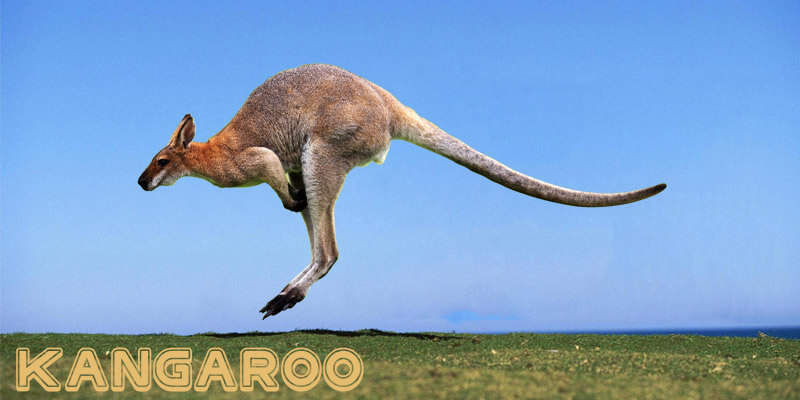
Here are some interesting facts about this marsupial animal.
- In Australia and New Guinea, the largest marsupials are kangaroos.
- The four different species of the animal are called: eastern grey kangaroo, western grey kangaroo, the red kangaroo and antilopine kangaroo.
- The animal uses two legs to hop and all four legs for a slow walk. However, a kangaroo cannot walk in the backwards direction.
- The animal is herbivore with grass as the main component of its diet.
- Kangaroos can jump as high as thrice their own height.
- The animal can also swim.
- The average lifespan of a kangaroo in the wild is only six years.
Koala
Native to Australia, the Koala is another marsupial and is, therefore, related to the kangaroo. Contrary to the common belief, it is not a bear. According to fossil record, the existence of the animal dates back to twenty million years ago. More interesting facts about the fascinating creature are discussed below.
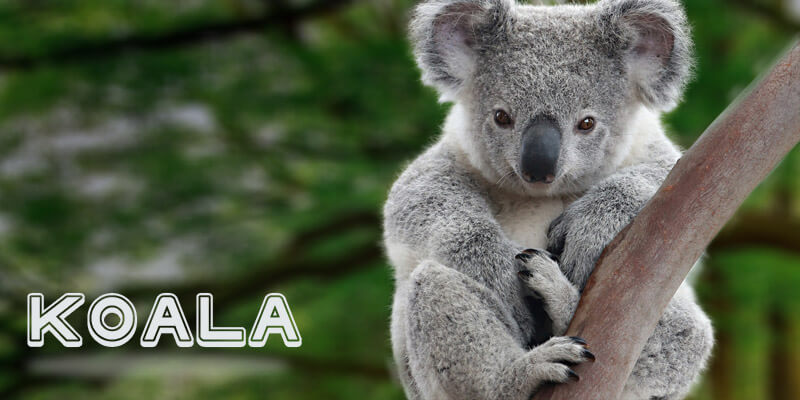
- Being herbivorous, koalas are plant eaters. However, their diet comprises exclusively of leaves of eucalyptus plant.
- Koalas can climb up trees with the help of their sharp claws.
- The large nose of the animal – which is usually black or pink – gives it the appearance of an adorable creature.
- Like kangaroos, the baby koala remains in the pouch of the mother for almost six months.
- It is illegal to keep the creature at homes as a pet.
- Koalas possess fingerprints just like that of human beings.
- The population of koalas has been dwindling owing to the destruction of their natural habitat.
Emu
An interesting part of the wildlife in Australia is Emu which is the world’s second largest bird. The ancestors of this flightless bird are as old as the dinosaurs. An emu is identified by its long neck, sharp beak, light brown feathers and long feet having three toes each.

Have a look at the following interesting facts about Emus.
- The average length of an emu bird ranges between 5 and 6.5 inches with females being larger than their males.
- The bird possesses two lids in each eye. One is for blinking while the other prevents dust from entering the eyes.
- The strong legs of emus help them in running as well as kicking predators as a protective measure.
- The bird cannot survive without water a single day. However, it can store food in the form of fat which is then used to obtain energy during the scarcity of food sources.
- The diet of this omnivorous bird consists of insects, lizards, small rodents, seeds, buds as well as shoots of plants.
- Emus aid their process of digestion by swallowing small pebbles which help in grinding food particles.
- The average lifespan of the huge bird ranges from five to ten years in the wild.
Platypus
Another extremely interesting creature included in the wildlife in Australia list is the platypus which is the state animal of New South Wales. The mammal is a semi-aquatic animal which possesses unusual physical traits including a duck bill, webbed feet, a tail like that of beavers and fur resembling with those of otters.
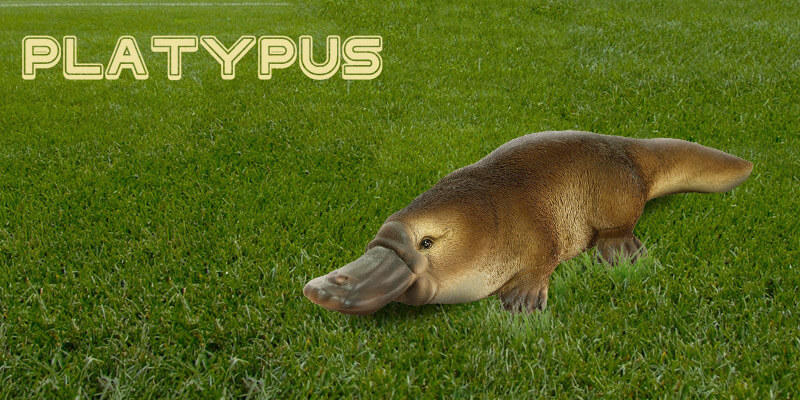
Following are more informative facts about platypus.
- The range of the animal is limited to parts of eastern Australia where it can be found in small rivers as well as streams.
- Along with echidnas, platypus is world’s only mammal which reproduces by laying eggs instead of giving birth.
- On average, a platypus weighs between 1 to 2.4 kilograms with an average length of twenty inches in case of males and seventeen inches for females.
- Being a nocturnal creature, the platypus comes out after sunset to feed.
- The animal spends an average of fourteen hours a day sleeping.
- Its lifespan is up to twenty years in the wild.
Wombat
Another relative of the kangaroo is the wombat which is a marsupial. The range of the animal includes the Australian continent as well as other islands in the surrounding region. It is a burrowing mammal which looks like a tiny bear and has an important place on the wildlife in Australia list.
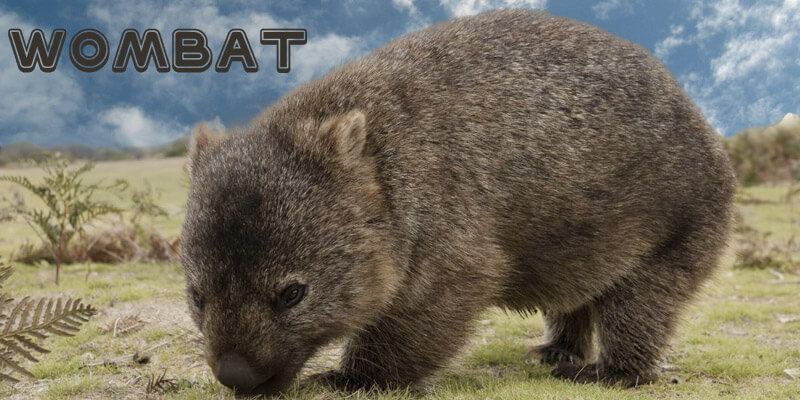
More information about wombats is discussed below.
- Wombats are herbivores.
- The nocturnal creature spends most of the day underground and comes out only at night in search of food. For this reason, a wild wombat has never been spotted by most Australians.
- A burrow dug up by a wombat can be as long as a hundred feet.
- On average, the animal grows up to only a meter and weighs around fifty five pounds.
- The lifespan of the mammal can be between five and thirty years.
Australia Continent - Latest Articles
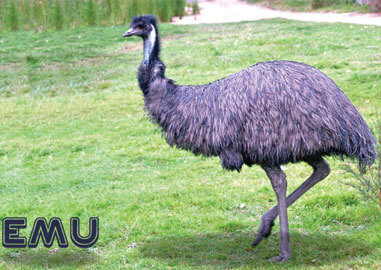
Wildlife in Australia List and Facts
Posted By IsacThe Australian continent is not only famous for its natural beauty but also for a large...

Top Universities in Australia of Science, Technology etc
Posted By MariaAustralia is home to 43 Universities. With at least one main campus in each state, the country...

Top Economies in Australia
Posted By MariaAustralia is one of the largest mixed economies of the world. Its GDP for the year 2014...
